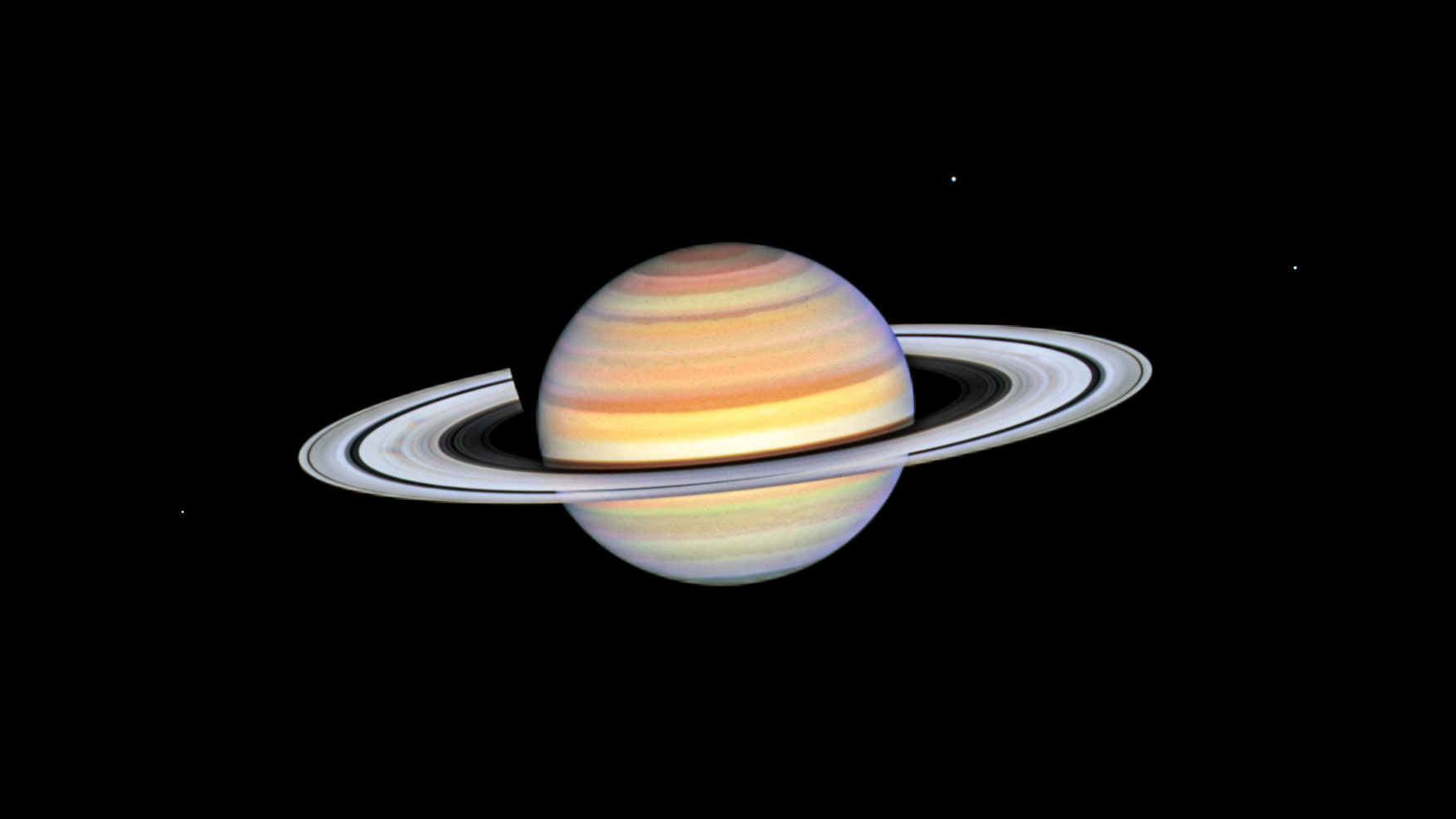4 min read

Having properly and intentionally disposed of the spacecraft on Sept. 15, the Cassini team members are continuing to work on archiving science and non-science data, and thoroughly documenting the whole mission. Decommissioning selected ground-system components proceeds very carefully, making sure that sufficient resources remain operable to complete the closeout tasks. Meanwhile, science discoveries continue to pour forth as Cassini's results are analyzed and published, and some team members continue giving public talks about Cassini as part of the JPL Speakers Bureau (https://www.jpl.nasa.gov/events/speakers-bureau.php).
Wednesday, Nov. 1
The Cassini Project Scientist gave a presentation in the very popular Caltech Watson Lecture series on the campus in Pasadena this evening. It was titled, "Going Out in a Blaze of Glory: Cassini Mission Highlights."
Monday, Nov. 6
A member of the Realtime Operations team gave a presentation on "How We Got to Saturn, and What Cassini Found" to 75 students, teachers, and parents at the Wildwood School in Los Angeles, during their science and engineering poster-session activity.
Recent findings based on Cassini's investigations are shedding new light on a likely mechanism behind the erupting geysers on Saturn's enigmatic little moon Enceladus: /news/13130/powering-saturns-active-ocean-moon.
Monday, Nov. 13
Saturn's C ring, which is the easily visible ring closest to Saturn, displays its "plateaus" in a close-up image featured today: /resources/17810.
Wednesday, Nov. 15
Cassini Mission Planners filed the official Planetary Protection End-of-Mission Report with NASA today. The mission had been categorized as one that operates in a planetary system "where there is significant interest relative to the process of chemical evolution and the origin of life, but where there is only a remote chance that contamination carried by a spacecraft could jeopardize future exploration." (The Huygens Probe, which Cassini delivered to the atmosphere and surface of Saturn's largest moon Titan, was subject to more stringent requirements including sterilization; its Planetary Protection report was filed years ago.) Cassini's high-temperature meteoric entry into Saturn's atmosphere ensured that no contamination from the Orbiter could ever "infect" objects of interest such as Enceladus or Titan. The report, from Cassini's Mission Planning team, provided a fine encapsulation and summary of the mission, including precisely how and when it was destroyed. It concluded, "The Cassini Project successfully completed its four-year Prime mission, two-year Equinox mission, and seven-year Solstice mission with an excellent operational record and compliance with all Planetary Protection requirements."
An image featured today is from Cassini's final look at Saturn's large icy satellite Rhea: /resources/17811.
Tuesday, Nov. 21
On its final approach toward a swoop over Saturn's northern hemisphere and its dive to destruction around in the dayside atmosphere, Cassini carefully acquired one last, parting, portrait of its majestic ringed host: /news/13131/cassini-image-mosaic-a-farewell-to-saturn.
Monday, Nov. 27
The Outreach team picked a unique pair of images of Saturn to compare today (see /resources/17812). The early, distant image on the left appears much like the view from Earth in a good telescope, although the shifted angle of the planet's shadow on the rings reveals that it's no earthly image. The very close image on the right shows Saturn's night side. The "dark-night band" is prominent along the equator; this is where there is little of no reflected ring-light to illuminate the atmosphere. Strands of the C ring are visible at the bottom, standing out softly against the ring-lit southern night.
As viewed from Earth, Saturn is setting in the west around the time of nightfall these days, so the opportunities for viewing the beautiful ringed planet in a telescope are fast vanishing for now. It will be fairly easy to see again, as a morning object in the east, near the end of January 2018.
Wrap up:
The Cassini spacecraft ended its mission operations on Sept. 15, 2017. Cassini Significant Events reports are now being published near the beginning of each month. This page offers all the details of the Mission's ending: https://saturn.jpl.nasa.gov/mission/grand-finale/overview.







